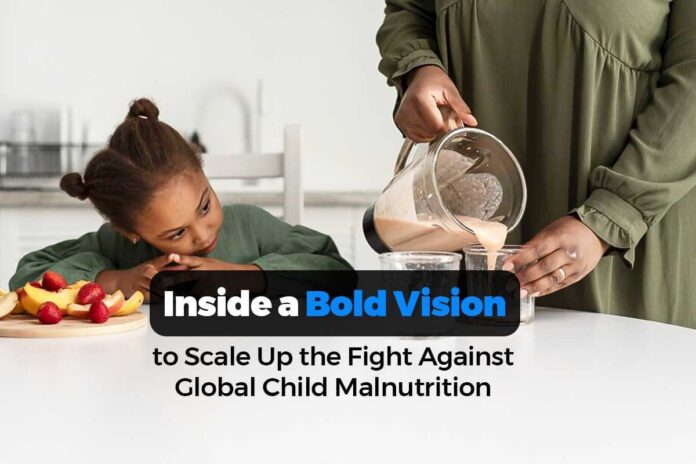Child malnutrition is a growing global challenge that claims millions of lives every year. As a response, the Bill & Melinda Gates Foundation is championing innovative approaches to addressing this problem by leveraging technology and partnership to revolutionize global nutrition strategies.
Every year, millions of children across the globe face the debilitating effects of undernutrition. According to recent estimates, nearly 148 million children experience stunted growth due to chronic malnutrition, and 45 million suffer from wasting—a severe form of malnutrition characterized by rapid weight loss. Tragically, nearly half of all childhood deaths are linked to poor nutrition, a statistic that streases the urgent need for action.
Understanding the Crisis and a Look at the Solution
The decades-long fight against malnutrition through conventional tools such as food distribution, supplementation programs, and awareness campaigns, while instrumental so far, have proven to be insufficient. The scale of the problem demands the introduction of a more impactful and sustainable solution.
As a result, the Bill & Melinda Gates Foundation has placed made this the center of its mission to improve childhood survival rates. Their approach? A combination of scientific and collaborative actions.
According to the foundation, child malnutrition is a rather complex issue rooted in poverty, food insecurity, agriculture and healthcare challenges, and lack of education. This means that long-term success will come from adequately addressing the root causes.
One of the cornerstone initiatives of the foundation is its investment in improving agricultural practices. By supporting the development of biofortified crops—foods enriched with essential vitamins and minerals—they aim to provide communities with sustainable access to nutrition.
For example, fortified varieties of rice, maize, and sweet potatoes have already shown promise in combating vitamin A and iron deficiencies, two major contributors to childhood malnutrition.
Furthermore, advances in artificial intelligence, genetic research, and data analytics will provide targeted interventions that maximizes nutrition impacts. By mapping out regions most affected by malnutrition, identifying nutrient gaps, and location-specific solutions, the foundation can account for effective distribution of resources.
The other half of the foundation’s approach is partnerships. The conclusion that a single organization will be unable to solve malnutrition is objectively true, as the prerequisite span sectors will eclipse the organization’s capacity.
As such, the Bill & Melinda Gates Foundation looks to collaborate with governments, non-profits, and private enterprises to amplify its impact. These partnerships create a network of shared resources, knowledge, and expertise that drive systemic change.
The championing of women empowerment initiatives, provision of educational programs, rnhanvement of agricultural institutions, as well as advocacy for stronger political will among global leaders are some of the strategies the foundation seeks to achieve long-term success.
Looking ahead, the Bill & Melinda Gates Foundation envisions a future where children do not suffer from malnutrition. They remain committed to this vision, driven by the belief that healthy children grow into productive adults who contribute to their communities, breaking the cycle of poverty and fostering sustainable development.


